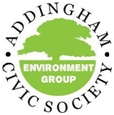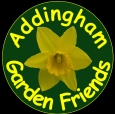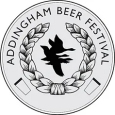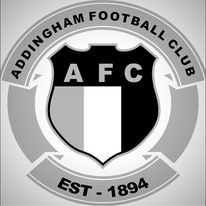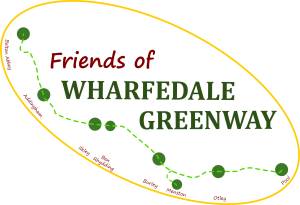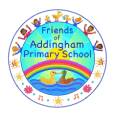7. Creating wildlife ponds
Why?
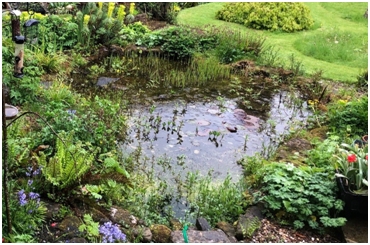 Populations of plants and animals living in freshwaters in the UK are in decline. Amphibians are especially threatened. Wildlife ponds provide a home for amphibians (such as frogs and newts) and invertebrates, including dragonflies and damselflies, and for a wide range of aquatic plants. The larval stages of many insects live in ponds and on emergence as adults provide a valuable food supply for birds.
Populations of plants and animals living in freshwaters in the UK are in decline. Amphibians are especially threatened. Wildlife ponds provide a home for amphibians (such as frogs and newts) and invertebrates, including dragonflies and damselflies, and for a wide range of aquatic plants. The larval stages of many insects live in ponds and on emergence as adults provide a valuable food supply for birds.
How?
- Visit https://www.wildlifetrusts.org/actions/how-build-pond to see a step by step guide or buy the Pond Book from the Freshwater Habitats Trust https://freshwaterhabitats.org.uk/advice-resources/buy-the-pond-book/
- Garden ponds can be any size and shape. The bigger the better but even a small container with a 50 cm diameter will attract wildlife If youwant to create an allotmentpond follow these guidelines (Note 8):https://apc-wp-media.s3.amazonaws.com/uploads/2023/09/Allotment-Policy-Guidance.pdf
- Site your pond in open ground and not directly below a deciduous tree to avoid excessive accumulation of leaves in autumn
- Make sure there is a gently sloping margin along at least part of the edge of the pond to enable hedgehogs to escape if they fall in
- Fill with rainwater and use water from a water-butt to top up if necessary. Avoid using tap water. It contains a high concentration of phosphorus and will stimulate the growth of green algae such as blanketweed (Cladophora glomerata)
- Introduce a few aquatic plants. Select native species from a company such as Habitat Aid https://www.habitataid.co.uk/collections/pond-river-plants and include a native oxygenator species such as hornwort (Ceratophyllumdemersum)
- For more information and advice contact AEG (
This email address is being protected from spambots. You need JavaScript enabled to view it. )




